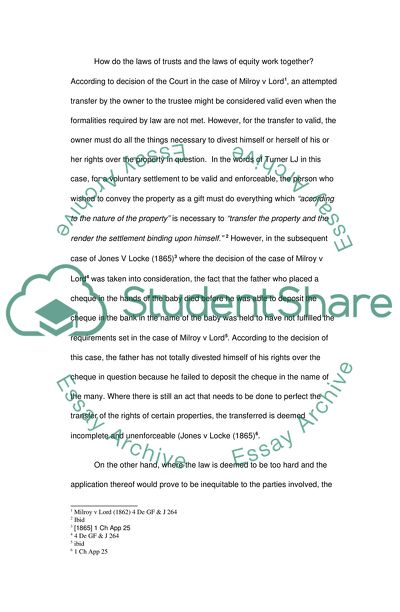Cite this document
(Law - equity & trusts Coursework Example | Topics and Well Written Essays - 2500 words, n.d.)
Law - equity & trusts Coursework Example | Topics and Well Written Essays - 2500 words. https://studentshare.org/law/1706298-law-equity-trusts
Law - equity & trusts Coursework Example | Topics and Well Written Essays - 2500 words. https://studentshare.org/law/1706298-law-equity-trusts
(Law - Equity & Trusts Coursework Example | Topics and Well Written Essays - 2500 Words)
Law - Equity & Trusts Coursework Example | Topics and Well Written Essays - 2500 Words. https://studentshare.org/law/1706298-law-equity-trusts.
Law - Equity & Trusts Coursework Example | Topics and Well Written Essays - 2500 Words. https://studentshare.org/law/1706298-law-equity-trusts.
“Law - Equity & Trusts Coursework Example | Topics and Well Written Essays - 2500 Words”. https://studentshare.org/law/1706298-law-equity-trusts.


